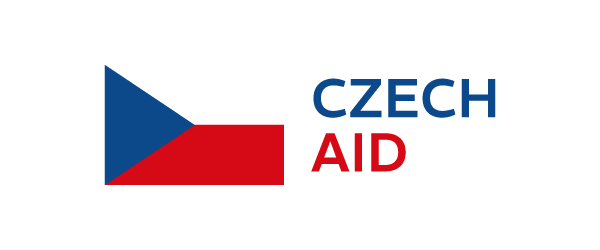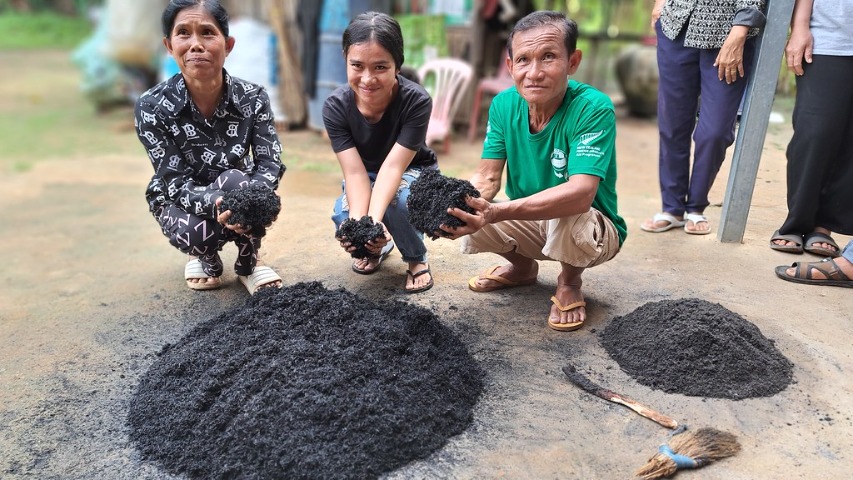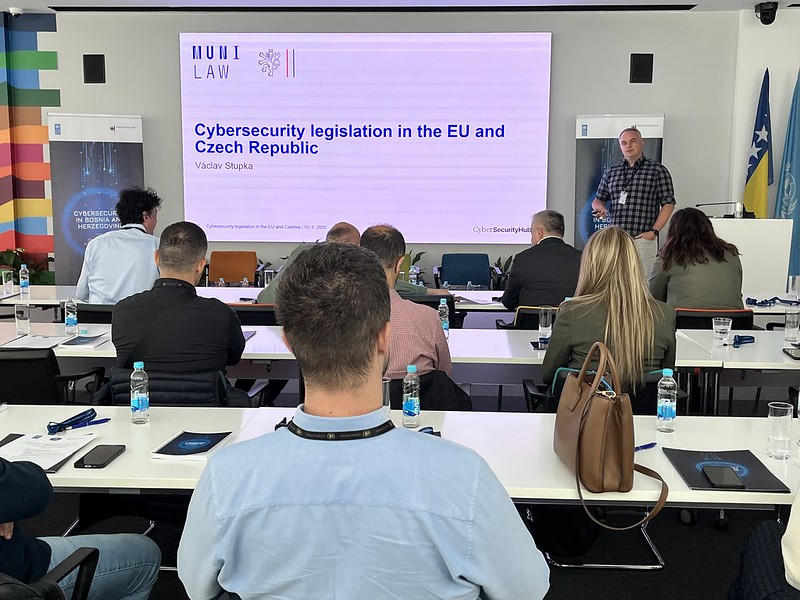AQUA PROCON, a design and engineering company working in the area of water management, has been one of the innovators who succeeded in the last Challenge Fund Call. Their project focused on the usage of Big Data and Machine Learning for rainfall measurement has been helping to address one of the Sustainable Development Goals tackling climate change and its mitigation in Bosnia and Herzegovina. What is the main idea behind the project and how it can help locals? Read more in an interview below. And do not forget, the Spring 2020 Challenge Fund Call for Proposals is open until 30th June 2019!
Your project has been running in Bosnia and Herzegovina since the fall of 2019. What is the project trying to address and how can the proposed innovative solution deliver the expected results?
Accurate, spatially dense real-time rainfall measurements are crucial for water management, which in turn have a wide range of significant consequences on agriculture, energy and weather hazards. The present state-of-the-art rain measuring instruments cannot collect this data in a cost-effective way and at the required accuracy.
The responsibility for hydrological and meteorological data collection, processing and dissemination in Bosnia and Herzegovina is with Federal Hydro-Meteorological Institute (FHMZ). According to FHMZ, there were more than 500 well-functioning rainfall stations before the war, while presently, less than 100 remain operational, including various Water Agencies in BiH. There is an urgent need to explore solutions to increase the spatial density of monitored rainfall while remaining conscious of the installation (CAPEX) cost.
Our team consisting of AQUA PROCON s.r.o. and H2i BALKANS d.o.o. from Bosnia and Herzegovina relies on computer vision and advanced data analytics to re-purpose CCTV footage and videos obtained by smartphones into real-time instantaneous rainfall rate observations. The technology enables accurate ground observations of local rainfall intensity at marginal incremental costs. Within the scope of the project, video signals processed using machine learning algorithms will be compared with the date to reference rainfall station. In addition to this, since the video footage acquired are accurately geo-referenced, a collateral by-product of the proposed approach is an observation of water levels in adjacent streams.
FHMZ assists the project team through the identification of locations for installation of equipment as well as access to the data acquired by their monitoring network to support the successful implementation of the project.
Can you explain in more detail the innovative content of your project?
Present-day rainfall measurement methods lack spatial and temporal resolution to support accurate localized characterization of rainfall, which in turn results in the inadequate characterisation of exposure to associated risks with significant implications on a range of industries such as transportation, agriculture and (hydro-) energy.
The core idea of this project is aligned with the Challenge Fund’s vision to rely on advanced technologies from the fields of Big Data and Machine Learning and use them to address the Sustainable Development Goals.
Advancements in image processing and computer vision techniques enable extraction of diverse features and knowledge discovery from images and videos. CCTV and other IoT cameras are already widely available. Almost every modern smartphone is equipped with a camera of suitable quality. Furthermore, the cameras record not only rainfall but also water levels accumulating on streets, roads and adjacent streams, which can be therefore considered as a “signal of opportunity” for rainfall monitoring. This technology is directed towards development of a “camera gauge”. Video feeds, once processed by advanced data analytics methods and distilled for knowledge using machine learning approaches, can be used for flood early warning, aquaplaning warnings in traffic, logistics, agriculture, dispatch response services etc.

Advancements in image processing and computer vision techniques enable extraction of diverse features and knowledge discovery from images and videos. CCTV and other IoT cameras are already widely available. Almost every modern smartphone is equipped with a camera of suitable quality. Furthermore, the cameras record not only rainfall but also water levels accumulating on streets, roads and adjacent streams, which can be therefore considered as a “signal of opportunity” for rainfall monitoring. This technology is directed towards development of a “camera gauge”. Video feeds, once processed by advanced data analytics methods and distilled for knowledge using machine learning approaches, can be used for flood early warning, aquaplaning warnings in traffic, logistics, agriculture, dispatch response services etc.
As a Czech-BiH partnership, we are interested in enhancing the ongoing stringent validation exercise using the real-world data to further improve the accuracy of the underlying algorithms and most importantly to demonstrate the practical value of the technology through real-world application in Bosnia and Herzegovina.
How does the project comply with the SDGs and does it have any relation with climate change specifically?
Objectives of the proposed project address Sustainable Development Goal 13: “Take urgent action to combat climate change and its impacts”. As the nature of rainfall patterns changes as a consequence of climate changes, we need to measure the rainfall as accurately as possible. Only in such way we can analyse the trends and changes in the behaviour of rainfall and prepare backgrounds for mitigation and adaptation measures, which we have to adopt sooner or later to cope with climate changes. Our team believes that this project could bring new impulse to data collection, processing and direct improvement on many environmental and engineering sectors not only in Bosnia and Herzegovina, but other regions and countries worldwide.


